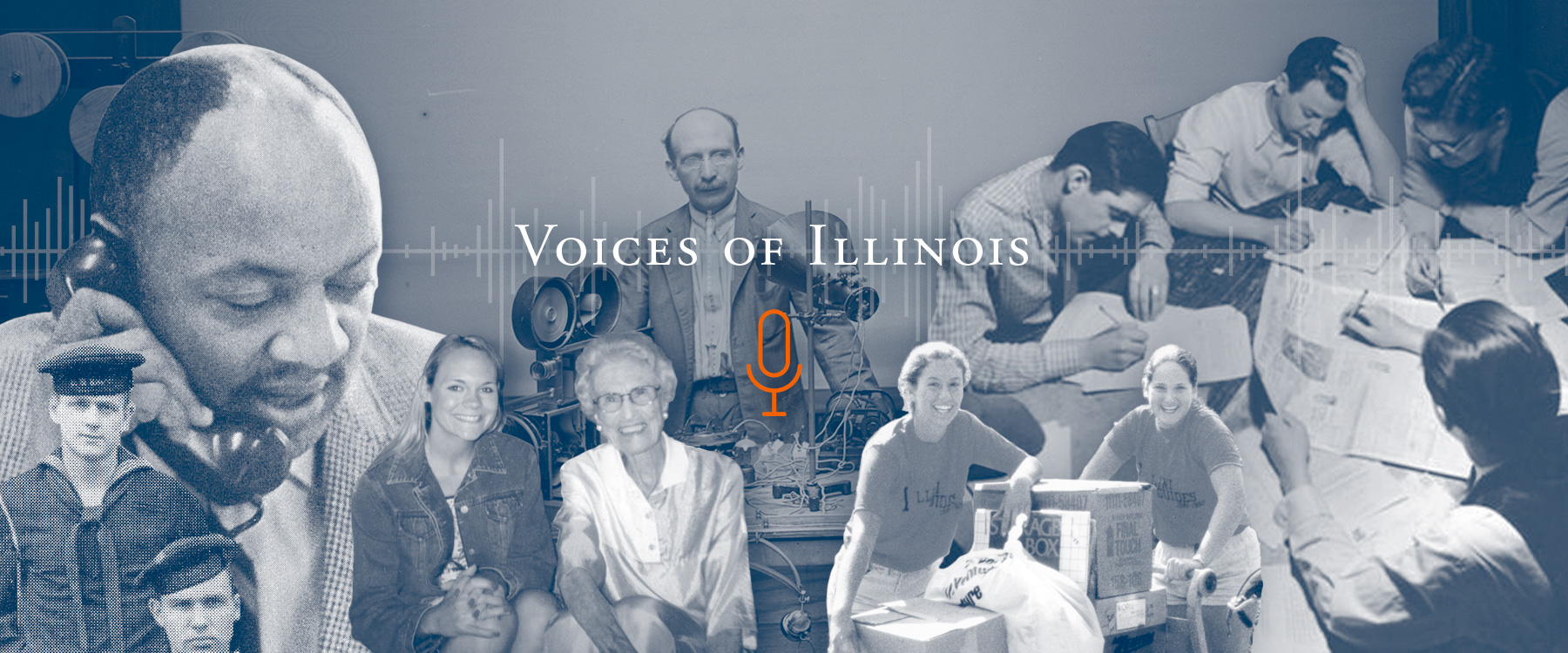Instructions and Tips
Project Ideas and Finding Interviewees
Many oral histories are conducted as part of a project, and can be grouped together according to one or more characteristics that interviewees have in common. Some examples of potential common characteristics are:
- Time period (the Great Depression, World War II, or the 1980s)
- Organizational affiliation (clubs, Greek organizations, faith groups)
- Common location (dorms, cooperative housing, satellite campuses)
That said, oral histories need not to be part of a larger initiative - individual perspectives and memories are extremely valuable!
Equipment
- Recorder
- Microphones (2)
- Headphones
- Extra batteries
- Extension Cord
- Camera
- SD Card
- Note-taking supplies
Preparation
- Have the interviewee fill out release forms.
- Make sure the location of your room is quiet enough to record in (avoid buzzing fluorescent lights, a/c, and ticking clocks). Mute cell phones.
- Set up and test the recording equipment.
- Test and playback before the official interview begins by asking an irrelevant question like, “What did you have for breakfast?”
- Check volume levels.
- Remember to press RECORD again when you begin the actual interview.
Release
These forms are provided to give you an idea of the information that should be included. Please feel free to tailor yours to your project’s needs. It should indicate to participants that these materials will eventually be transferred to the archives and will be made publicly available.
Oral History Interview Agreement
Recording Tips
- Try to minimize background noise.
- Place the recording device in the middle of the interviewer and interviewee(s) and try not to move the device while recording.
- When possible, plug the recording device into AC power instead of using batteries.
- Always keep fresh batteries in the recorder while recording, even when using AC power. If the recorder is accidentally unplugged, the loss of power could result in a lost file. Back-up battery power can help prevent this.
- At the opening of the recording, identify yourself, the interviewee(s), and the date and location of the recording.
- Use a good external microphone. The better the microphone, the better the quality of the recording. While built-in microphones have improved, external microphones still produce the best sound. Because of this, we ask that you use them whenever possible.
- Record in uncompressed WAV files at a minimum quality setting of 16-bit/44.1KHz when possible.
Submission
The University of Illinois Archives welcomes collaboration with classes, community groups, and other aspiring oral historians! If you have questions about the oral history process, or would like to explore a possible submission to Voices of Illinois, please contact Student Life and Culture Archivist Ellen Swain by email at eswain@illinois.edu or by phone at (217) 333-7841.
